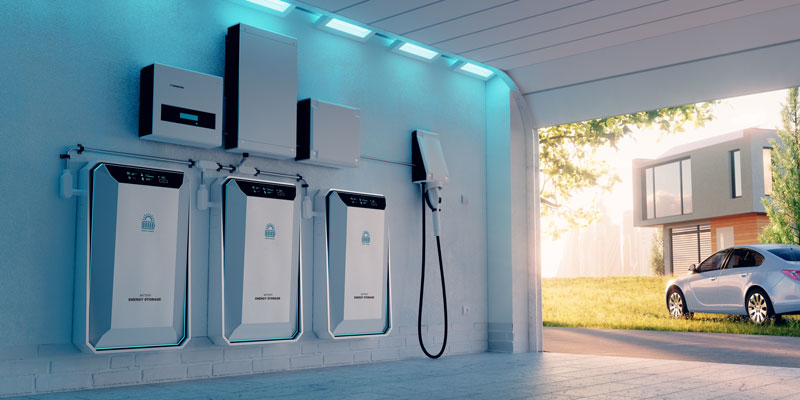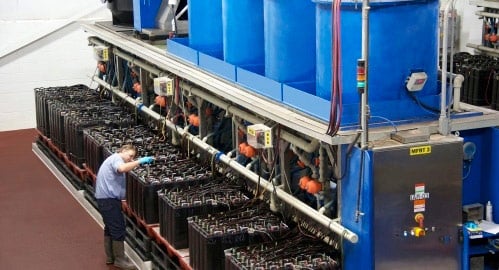Understanding how batteries operate is essential for maintaining your overall battery health. With proper care, you can extend the useful life of your battery. In this lesson, we will go over how lead batteries work.
Do batteries contain electricity
Batteries don’t contain electricity. Instead, they store chemical energy to produce direct-current electrical energy. Batteries produce an electrical current through a reaction that converts stored chemical energy into electrical energy. This process starts in the heart of the battery, the recyclable active material. Charging reverses the discharging process.
How do battery cells work
Battery cells consist of positive and negative plates (each with a different alloy). The plates hold active material (recyclable lead), and they’re suspended in an electrolyte solution (diluted sulfuric acid). The battery case houses these components, keeping the electrolyte insight and holding everything together.
When we draw electricity from a battery -- for instance, to start a car or turn on a light -- the cell discharges. During this process, sulfur in the electrolyte bonds with lead plates, causing electrons to release. The electrons travel out of the negative terminal, to the load (for instance, a car’s starter or a lightbulb), and back into the positive terminal. These moving ions create current.
During charging, we increase the voltage on battery terminals. Electrons travel into the battery where they bind with sulfur and reenter the electrolyte. An easy way to think of the process: Charging reverses the electrochemical reaction that takes place when batteries discharge.
The Main reason for battery failure
Plates are vital to battery life, and chemical reactions slowly corrode them. These reactions hinder a battery’s ability to carry current. Eventually, this leads to the most common battery failure: internal short-circuiting.
Thicker, more durable plates withstand corrosion longer. They also hold more active material -- the raw material for chemical reactions --, and that translates into longer battery life.
As an example, Crown uses the industry’s thickest grids and maximum active material per ampere-hour of rated capacity. Reducing active material and grid thickness would lower manufacturing costs -- but it’d slash service life and performance.
Building a better battery
At Crown Battery, we manufacture all our lead batteries at our ISO 9001:2015-certified headquarters in Fremont, Ohio. During the past two decades alone, we’ve invested tens of thousands of hours and millions of dollars in R&D, testing, manufacturing, and advanced production methods to build a better battery – a process that starts with the heaviest grids and most active material.











